
 |
York CemeteryPhotographed on 28 August 2004 |
|
This is a magical and moving place. Humankind and nature has worked together to create an area for remembrance where our solid monuments are surrounded by nature's rather less orderly shapes. Plants and birds grow and move among the graves. The cemetery is full of life. In some cemeteries this might seem like a contradiction, but in this one it isn't. York Cemetery covers 24 acres and is now cared for by a charitable trust. It is managed in a way that encourages wildlife conservation. The York Cemetery website provides comprehensive information on the cemetery and its history, as well as notice of forthcoming events. |
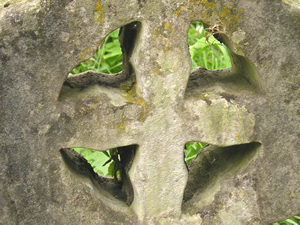 |
|
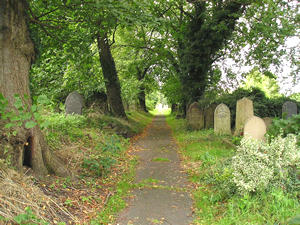 |
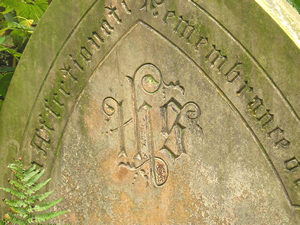 |
|
|
Although areas of burials towards the front of the site are the more conventional tidy plots we are used to seeing in cemeteries, much of the site is an exuberant semi-wilderness of ivy-covered gravestones and mature trees, with birds feeding on the berries and butterflies and bees around the wildflowers. |
||
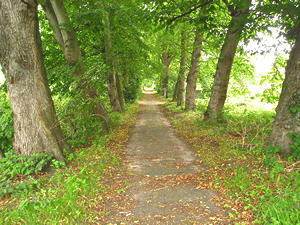 |
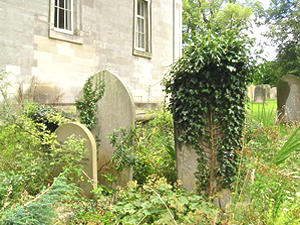 |
|
|
Many of the graves are still tended by relatives or by the York Cemetery Trust, but some of the older memorials are ivy-covered and their inscriptions are no longer readable. Nature reclaims what we have forgotten. |
||
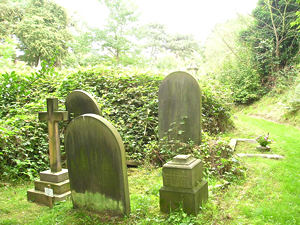 |
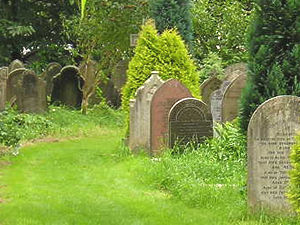 |
|
|
Above left: headstones facing the light. Many people say that when you depart this life you "go to the light", so I liked this image. They do look like quite cheerful monuments, in a queue of some sort. (A rather disorderly queue, perhaps, but after you've moved on no doubt a more anarchic queue form is appropriate.) |
||
York Cemetery wildlife |
||
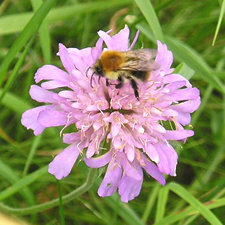 |
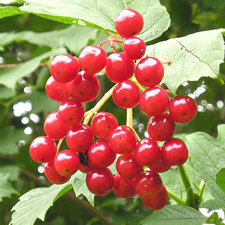 |
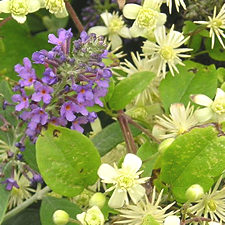 |
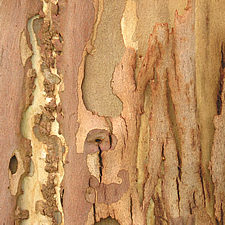 |
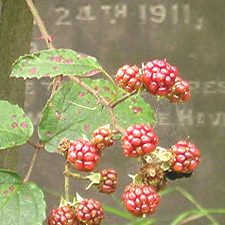 |
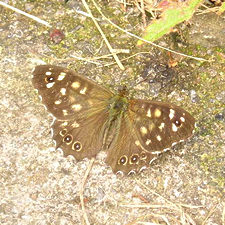 |
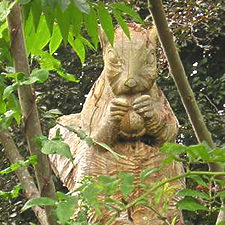 |
Berries, buddleia, brambles, bark, bees, butterflies – some of the cemetery's wildlife, from my walk on 28 August 2004. Also (spoiling my alliterative list, but beautiful), a wild form of Clematis (top right), exuberantly tumbling around a buddleia. |
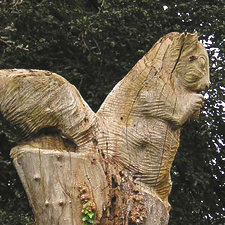 |
|
And not real wildlife, but this enormous wooden squirrel (above), carved from a tree trunk, stands in the centre of the cemetery watching over everything. He's holding a nut and if he were a real squirrel he'd be running around with it, finding somewhere to bury it for the winter, as squirrels begin to do at this time of year. He's very handsome and a delight to discover, behind a large and equally handsome copper beech tree. |
||
The cross, the chimney and the chapel |
||
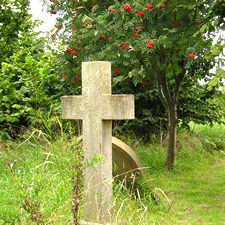 |
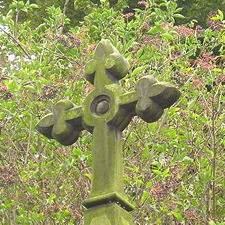 |
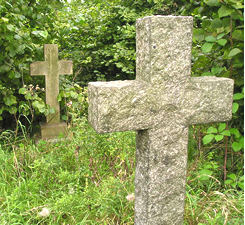 |
|
There are, as you might expect, many symbols of the cross in the cemetery. The monument on the left is in front of a rowan (Mountain ash) tree, which carries its berries at this time of year. There are many rowan trees in the cemetery, as they are good trees for wildlife. In the centre, a more ornate style of cross, older and more weathered, with that beautiful green that some types of stone take on with the years, in front of an elderberry shrub, also heavy with berries, this time dark purple. And on the right, two crosses from different times, different stone but otherwise similar, facing one another across one of the burial plots. |
||
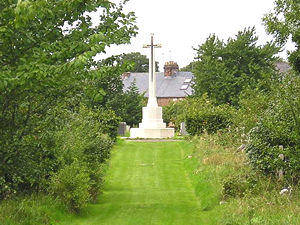 |
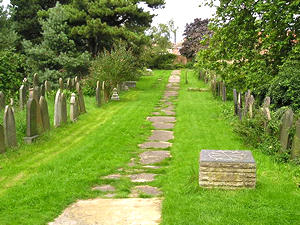 |
|
|
The wide mown grass paths, or more shaded paths under the mature trees, give many different views and vistas. The monument above left is a clear focal point at the bottom of the grassed walkway. At the front of the cemetery's Grade II* listed chapel is this pathway (above right), which has stone set in the middle of a grassed walk, with the headstones lining each side, facing the path. It all leads your eye onward to the end of the grassed walk, where there is a focal point – presumably an accidental arrangement – the tall chimney of the (disused) refuse incinerator on Foss Islands Road. It's just visible on the horizon on the photo. The chimney too is also, apparently, Grade II listed (without the added star). So these two buildings – the chimney and the chapel – face one another across the city, both important structures, and impressive in different ways. The chapel, however, is far more beautiful. It is still in use, and more photographs are shown below. |
||
York Cemetery Chapel |
||
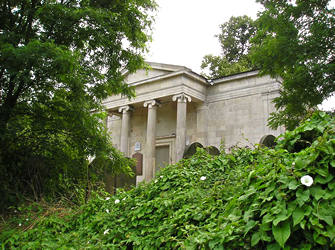 |
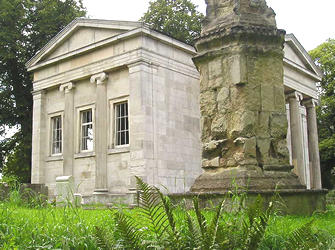 |
|
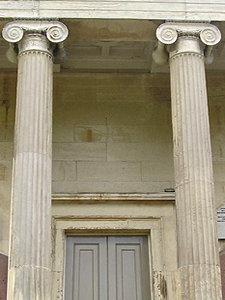 |
The chapel was designed by JP Pritchett in 1837 for The York Public Cemetery Company (the original owners of the cemetery) and was restored by the York Cemetery Trust in the late 1980s. |
|
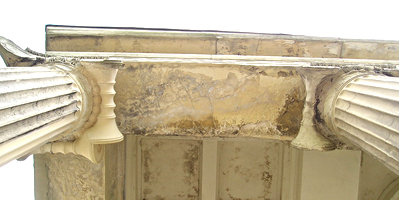 |
||
|
In front of the steps to the chapel is a carving showing the points of the compass, which is inscribed with the name F Emerson, 1995. It is very beautifully done, and I stopped to admire it awhile, wishing I'd come this way first, and seen it, as I had been looking for a monument in the south-west corner, and now realised I'd gone completely the wrong way. |
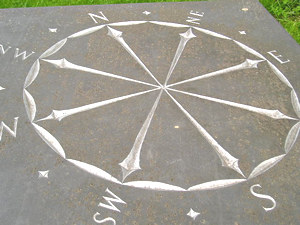 |
|
|
To the left of the door of the chapel is a monument erected in recent years, and I realised it must be a tribute to the gentleman whose work I'd just been admiring. As the photo isn't too clear, the text of the inscription is copied below. |
||
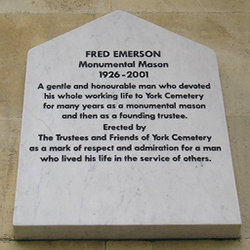 |
Fred Emerson A gentle and honourable man who devoted Erected by |
|
|
I didn't know Mr Emerson, but this inscription struck me as one of the most touching tributes I've ever read. |
||
In memoriam |
||
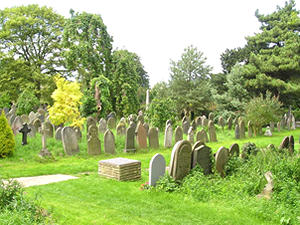 |
In the cemetery, of course, there are hundreds of inscriptions, from different times, in different styles. Some of the older monuments list accomplishments and positions held, if the person had been respected in local government or business circles. Some of the modern ones are more personal, and often state the person's achievements in a way that makes you realise how society has changed. We are now – thankfully – apparently more appreciative of our poets and musicians, even if their work wasn't necessarily nationally recognised. |
|
|
Some of the inscriptions are very short, and profound, and make you stop awhile and bring tears to your eyes, even if you didn't know the person to whom the tribute is being given. |
||
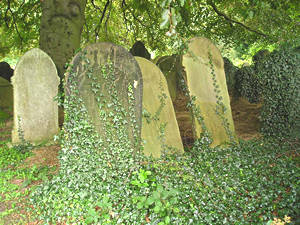 |
Until three years ago, when my sister Kay died, I had, as many of us do, a rather vague idea of death and bereavement. Until then, it had been at a certain distance. When it got close, I didn't have anywhere nearby to visit to mark Kay's death, as she died in another town, and her ashes were scattered there, in her garden. On the day she died I came here, to York Cemetery, after I got the news, because it seemed like the only place that was anywhere close to her.
|
|
|
It felt close to her not only because it marks so many other lives, many of them, like hers, ended early, but because the natural urge to keep growing is so clearly demonstrated here. And because Kay knew how nature keeps it all going, when we're wrapped up in our own, relatively small, cares and concerns. Many of the older graves may seem forgotten, with no one attending to them, but ivy finds them a habitable spot, and attaches itself to forgotten stone. It's a fabulous, undervalued plant. When it reaches the top of its support, ivy produces flowers and berries that feed insects and birds. Inbetween the graves are trees and wildflowers, and all the wild exuberance of nature. And just as crucial, the obvious signs of continued human involvement, caring for the place and shaping it, and constantly developing, alongside nature. For these reasons I visit every year now, to remember my sister. A very special place, and a walk recommended to anyone who is feeling a need to put things into perspective. |
||
|
Related pages: The memorial to NFS fireman Arthur Broadhead was originally on this page, but has since been moved: Memorial to a wartime fireman. The cemetery was revisited in the autumn, when the trees were changing to autumn colours. See York Walks /4: York Cemetery (revisited). Other areas of natural beauty in and around York include Rawcliffe Meadows, Fulford Ings and Clifton's Homestead Park. |